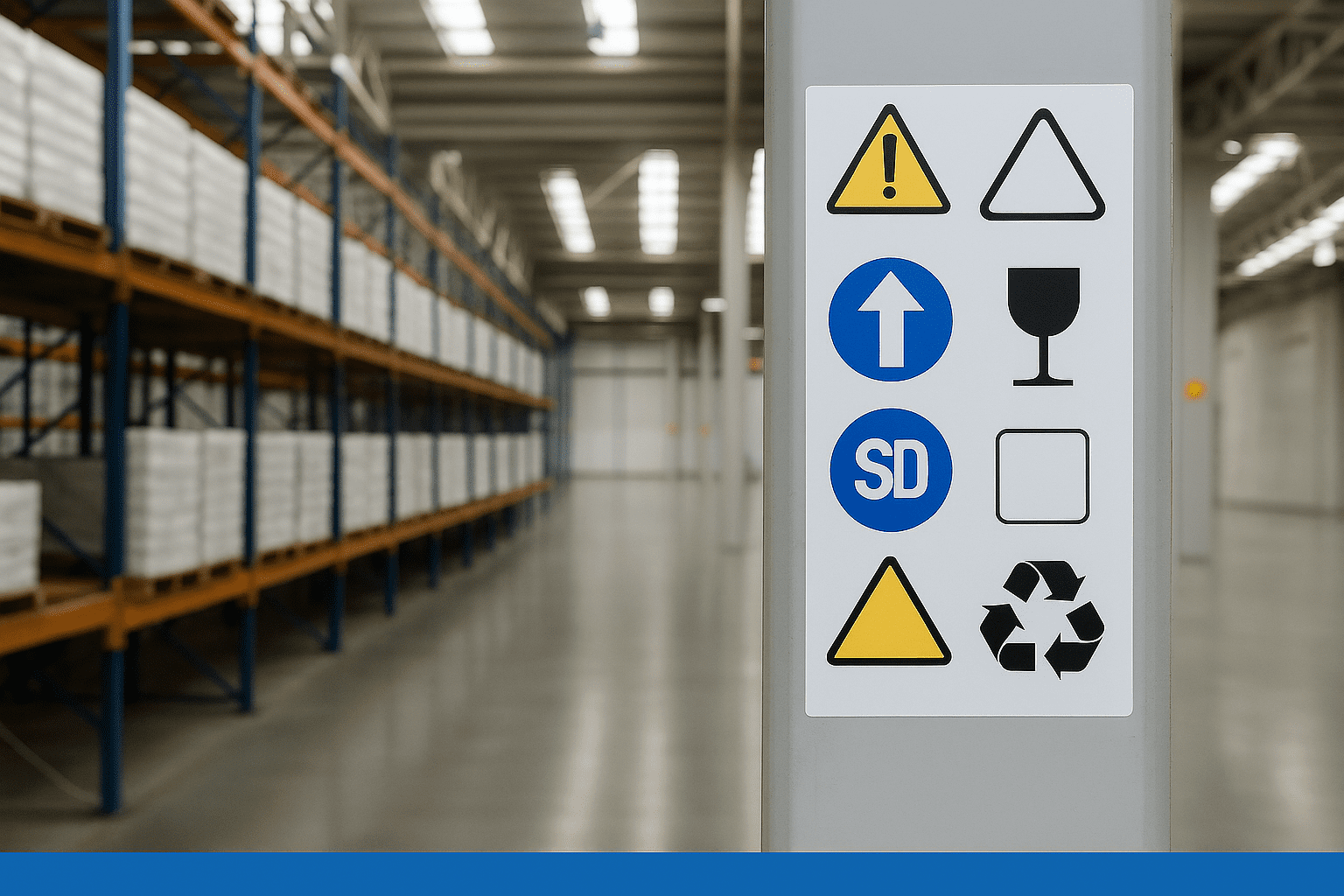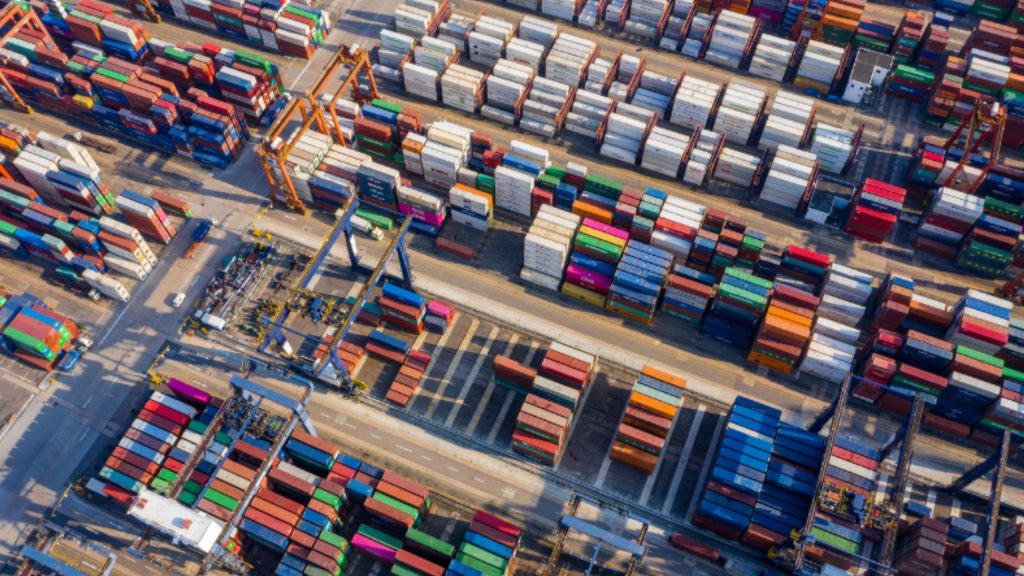Logistics Labeling: Why Labels and Signage Matter

Introduction:
A smooth supply chain needs more than good planning. It also depends on small details—like clear logistics labeling. Without proper labels or signs, shipments can get lost, damaged, or delayed. In fact, labeling is one of the most important tools to keep your cargo moving.
👉 Want to learn more? This GS1 labeling guide shows international standards for logistics.
1. What Is Logistics Labeling?
Logistics labeling is how you mark products, boxes, or pallets to identify what’s inside, where it goes, and how to handle it. For example, a typical label might include:
- Product name or code
- Shipping address
- Warnings like “Fragile” or “Keep Frozen”
- Barcode or QR code
- Legal or customs information
EVO Tip: If your product is sensitive to temperature, make sure the label can resist heat, cold, and moisture.
2. Why Signage Improves Warehouse Efficiency
Warehouses are fast-paced environments. As a result, workers need signs to know where things are and what to do.
You’ll often see:
- Signs marking aisles and bins
- Safety reminders
- Arrows showing where to load and unload
- Color-coded zones
In short, good signage makes it easier to move faster and avoid mistakes.
3. Common Labeling Mistakes (and How to Fix Them)
Many shipping problems come from poor labeling. For instance:
- Labels that smear or fade
- Incorrect product codes
- Barcodes placed where scanners can’t read them
- Missing information
EVO Tip: Always double-check your labels before loading. Also, use templates to keep them consistent.
4. Cold Chain Labeling Needs Extra Care
When dealing with cold cargo—like seafood or vaccines—labels must be even clearer.
They should include:
- The exact temperature range
- A “perishable” or “time-sensitive” tag
- Tracking codes for compliance
Even though it’s a small detail, a strong label can help save an entire shipment.
5. Different Rules for Different Industries
Not all industries follow the same labeling rules. For example:
- Food products must meet FDA regulations
- Pharmaceuticals need traceable, GS1-compliant labels
- International goods require country-of-origin and customs codes
Therefore, make sure you know the standards for your product type before shipping.
Conclusion
To sum it up, logistics labeling keeps things clear, fast, and safe. Labels and signs don’t just organize—they protect. EVO Logistics works with clients every day to improve how they label, track, and ship products.
📦 Need help upgrading your logistics labeling system? Let’s talk.
Centrally Located Cold Storage Solutions
Interested in learning about how our cold storage facilities can help your business? Reach out to our team today!

Get in touch with us today to learn more about how Evo Logistics’ climate controlled storage facilities can help your business thrive in the frozen storage logistics industry.
Our team understands the importance of being committed to ensuring the quality of our customer’s product is at its best throughout the shipping process. Our dedicated staff are trained to monitor and operate around the clock 24 hours a day, 365 days a year. With a focus on fast and timely delivery along with GPS tracking, we work to provide consistent satisfaction to our customers.




